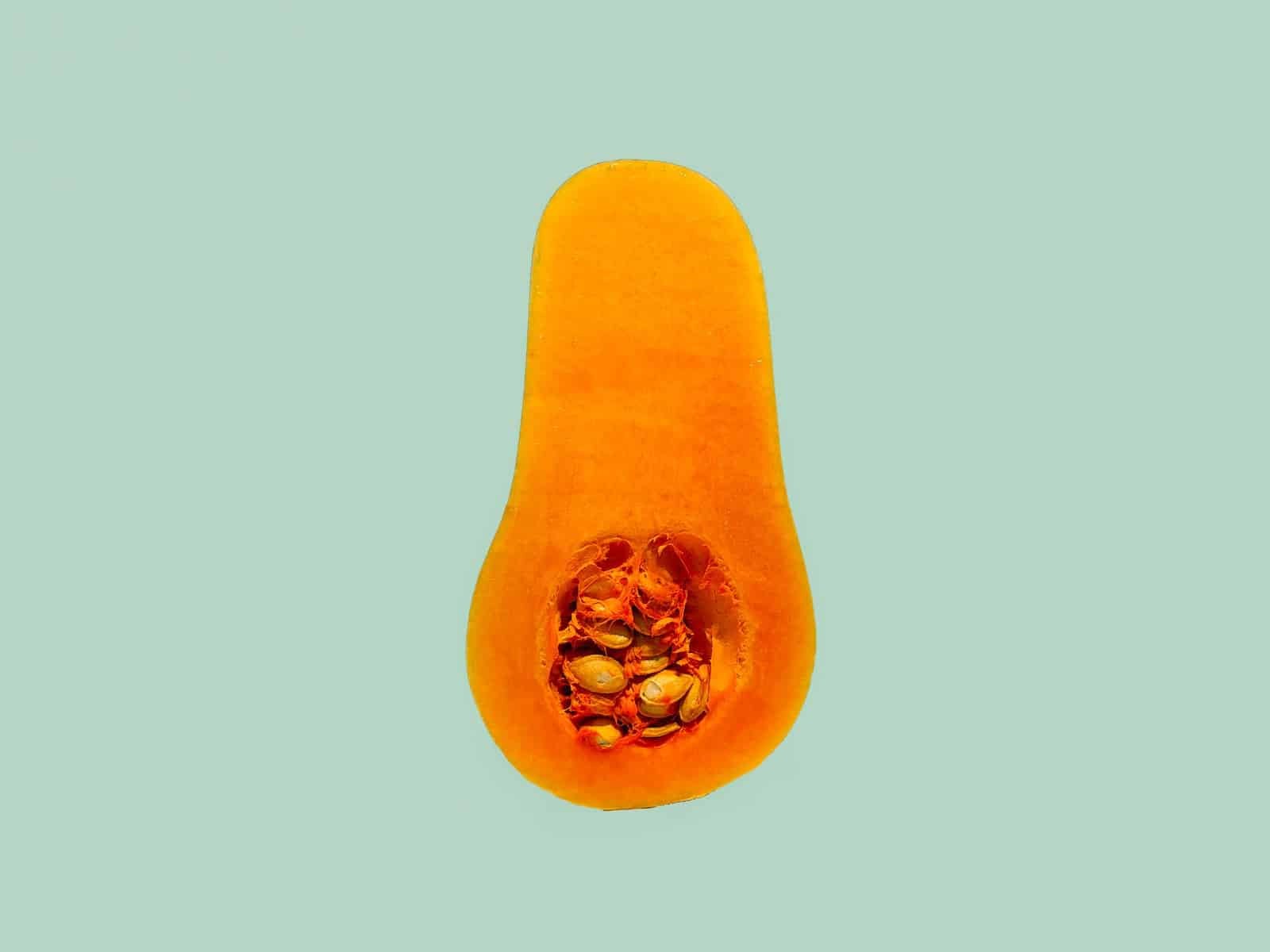We’re talking squash – a versatile, nutritious, and utterly delicious veggie that many of us love to grow in our gardens or pick up at the local farmer’s market.
But let’s face it, when squash season hits, it hits hard. One day you’re looking at a couple of zucchinis, and the next thing you know, you’re swimming in a sea of butternuts, acorns, and spaghetti squashes. What’s a squash-loving family to do with such an abundance? Freeze it, of course!
Freezing squash is a fantastic way to enjoy this wholesome vegetable all year round. It’s a simple process, but like anything in the kitchen, doing it safely is key. So, grab your favorite apron, and let’s get started on preserving your squash safely!

Selecting Your Squash
First things first, you want to start with the freshest squash possible. Look for firm, blemish-free veggies. Soft spots or dark patches might indicate spoilage, and we don’t want that. Remember, freezing doesn’t improve the quality of food; it preserves it. So the better the squash going in, the better it will be coming out of your freezer.
Prepping Your Squash
Before freezing, squash needs to be cleaned, peeled (for certain types), and blanched. Here’s a step-by-step guide on how to get your squash ready for the cold chill of your freezer:
Cleaning
- Rinse the squash under cool running water to remove any dirt or debris.
- Pat them dry with a clean kitchen towel or paper towels.
Peeling and Cutting
- For winter squash (like butternut or acorn), you’ll want to peel the hard outer skin off with a vegetable peeler.
- Cut the squash into your desired size and shape – cubes, slices, or even puree if that’s what you’re into.

Blanching
Blanching is a must for almost all vegetables you intend to freeze, including squash. It halts the enzyme activity that can cause loss of flavor, color, and texture.
- Boil a pot of water – you’ll need one gallon of water per pound of prepped squash.
- Place the squash in a blanching basket or a wire strainer, and submerge it in the boiling water.
- Start timing as soon as the water returns to a boil. Small squash pieces generally need 2-3 minutes.
- After blanching, immediately plunge the squash into a large bowl of ice water to cool it quickly and stop the cooking process.
Packing Your Squash for Freezing
After blanching and cooling, it’s time to pack your squash for the freezer. You have a couple of options here:
Dry Pack
- Drain your squash thoroughly to remove excess moisture.
- Pack the squash into freezer bags or containers, leaving some headspace to allow for expansion.
- Squeeze out as much air as possible if using freezer bags, then seal and label them with the date.
Tray Pack
- Place blanched, cooled squash pieces on a cookie sheet in a single layer.
- Freeze until the pieces are solid. This usually takes a few hours.
- Transfer the frozen pieces into freezer bags or containers, remove as much air as possible, seal, and label.
Storing Your Squash
Freeze your packed squash as soon as possible. Squash will store well in the freezer at 0°F (-18°C) for about 8-12 months. Be sure to use a freezer-safe label to write the date on each package.
Food Safety Tips
- The FDA recommends a freezer temperature of 0°F (-18°C) to safely store frozen food.
- Use clean and sanitized utensils and surfaces to prevent cross-contamination.
- Label and date your packages. The CDC recommends using most frozen vegetables within 8-12 months for best quality.
- Always thaw your squash in the refrigerator, in cold water, or in the microwave, but never at room temperature.
Cooking with Frozen Squash
When you’re ready to enjoy your frozen squash, there’s no need to thaw it first. You can roast, steam, or sauté it directly from the freezer – just add a few minutes to the cooking time. Frozen squash is perfect for soups, stews, and casseroles, where it gets to mingle with other flavors and textures.
Key Takeaways
- Select Quality Squash: Use squash that’s fresh, firm, and free of blemishes.
- Prep Properly: Clean, peel, cut, and blanch your squash to preserve its quality.
- Freezing Methods: Choosefrom dry pack or tray pack methods for freezing.
- Store Safely: Freeze quickly at 0°F (-18°C), label your packages, and use them within 8-12 months.
- Food Safety First: Keep everything clean, and avoid cross-contamination.
- Thawing Guidelines: Thaw your squash in the refrigerator, cold water, or the microwave.
- Direct Cooking: Cook frozen squash straight from the freezer, extending the cooking time if necessary.


